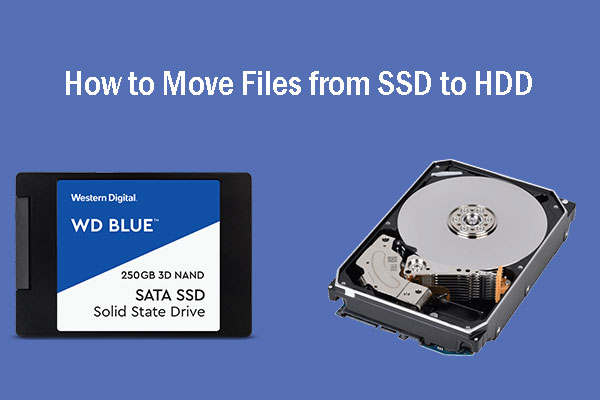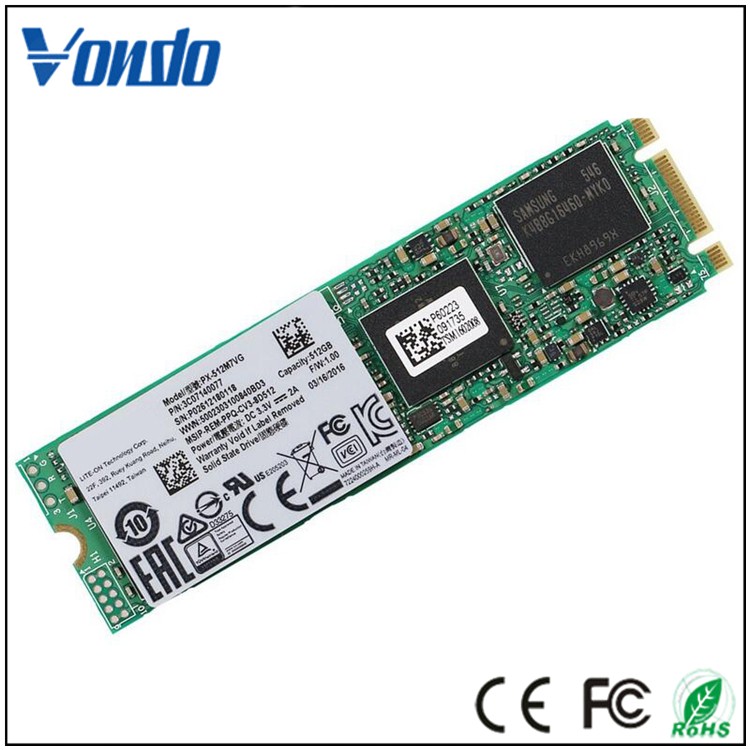
Thus, disk imaging is an alternative way to directly clone. System Migration: Because the performance of SSD is better than HDD, more and more people are more willing to clone HDD to SSD or migrate OS to another computer with better hardware. If so, you can buy a new hard drive and replace the dead one, and then restore disk image to bring your computer to the state when it works well and all data is intact. Just like our human beings, every hard drive is going to die eventually. Why need to create a disk image? Normally, disk imaging is used in several major areas:ĭata Protection: Most users create a disk image to prevent data loss from a virus, system crash or disk failure.

Even if the USB 3.0 interface allows at least higher data transfer rates.A disk image, a single compressed file, is an exact copy of computer’s hard drive, which holds all data including operating system installation, boot information, applications, and individual files. Nevertheless, you have to look carefully which hard drive has what kind of performance because you don’t want too great of a speed loss through USB. In such projects, I will certainly use a hard drive instead of an SD card in the future (not even an SSD), since flash memory is too fragile in my opinion. Unless you have regularly backed up all important files, this is a disaster. Especially in continuous operation ( OpenHAB sends its regards), SD cards break after not too much usage. In principle, I really like the possibility of finally using permanent hard drives as a system memory. It takes a while to start up, but then the Raspberry Pi should have started normally.Ĭonclusion on the USB Boot on the Raspberry Pi: You can already pre-configure SSH and the Wi-Fi connection.Īgain, you should check the cmdline.txt (see above).īefore we start, we remove the SD card from the Raspberry Pi (if still present) and connect the SSD / USB stick. The process is described in more detail here. With this, we can write the Raspberry Pi OS image to the USB stick or hard drive. If necessary, make a backup of your hard drive / USB stick first, as this method will also overwrite all data.
#CREATE IMAGE OF HARD DRIVE SSD DOWNLOAD#
Method 2: Flash a Fresh Raspberry Pi OS and Activate USB BootĪnother method is that we download a current image of the Raspberry Pi OS (formerly called Raspbian OS). Here we choose our root partition and the hard drive to which the image should be transferred.Īfter everything has been successfully transferred, we can shut down the Pi and remove the SD card. On the Raspberry Pi we now click the start menu> “Accessories” and select the “ SD Card Copier“. console=serial0,115200 console=tty1 root=PARTUUID=c29633fc-02 rootfstype=ext4 elevator=deadline fsck.repair=yes rootwait quiet splash plymouth.ignore-serial-consoles This should look like this (it is important that there is no absolute path).

The Win32DiskImager tool has a similar functionīefore we transfer the operating system, let’s take a look at the file below /boot/cmdline.txt an.

You can then write the backup to the stick again. The only drawback is that the image file is as large as the entire volume, not just as large as the sum of all the files. When flashing, all data is overwritten, so data backup is important! I used the USB Image Tool (for Windows), which creates a complete backup as an. Then we connect the USB stick or the hard drive to the Raspberry (before we do a backup if necessary).
#CREATE IMAGE OF HARD DRIVE SSD UPDATE#
But first, we have to update the package sources and the kernel: sudo apt-get update If you have already set up your operating system and now want to transfer it completely, there is an easy way to do this. Method 1: Update the existing Raspberry Pi OS and transfer it to the SSD After that I used a stronger power supply, and it worked. In my first test, my power supply had too little power, which is why the Pi could not boot properly. Therefore, a sufficiently large hard disk makes sense in any case – not to mention the failure rates of the SD cards. Of course, we could still use an SD card and an external device, but in many cases, we need a larger root directory.

All we need is a USB stick or an (external) hard drive. Since the Raspberry Pi 4 it is even easier than before to make the SD card obsolete. In this tutorial, we will take a closer look at the Raspberry Pi USB Boot. The disadvantage is, on the one hand, that SD cards break faster and, on the other hand, they usually have less storage space than a hard drive. The Raspberry Pi usually needs a micro SD card on which the operating system is located.


 0 kommentar(er)
0 kommentar(er)
